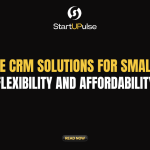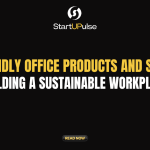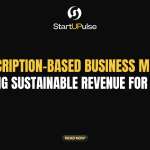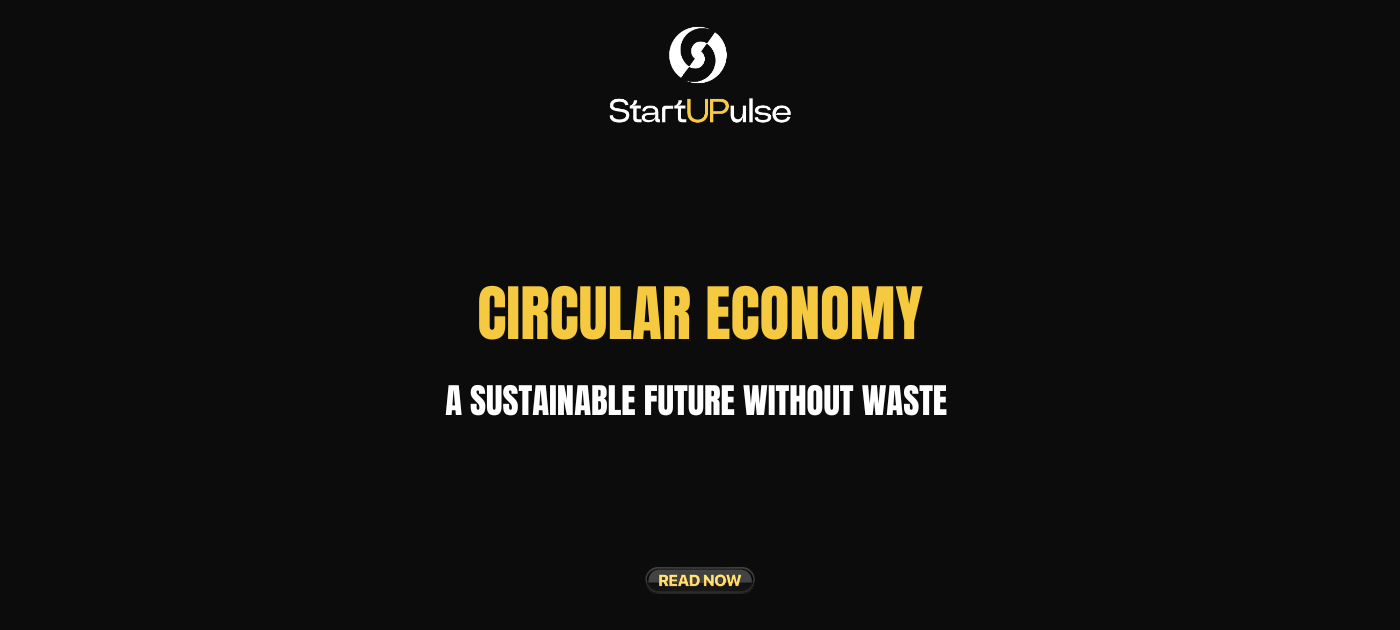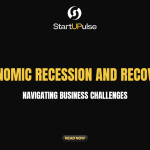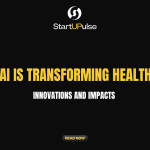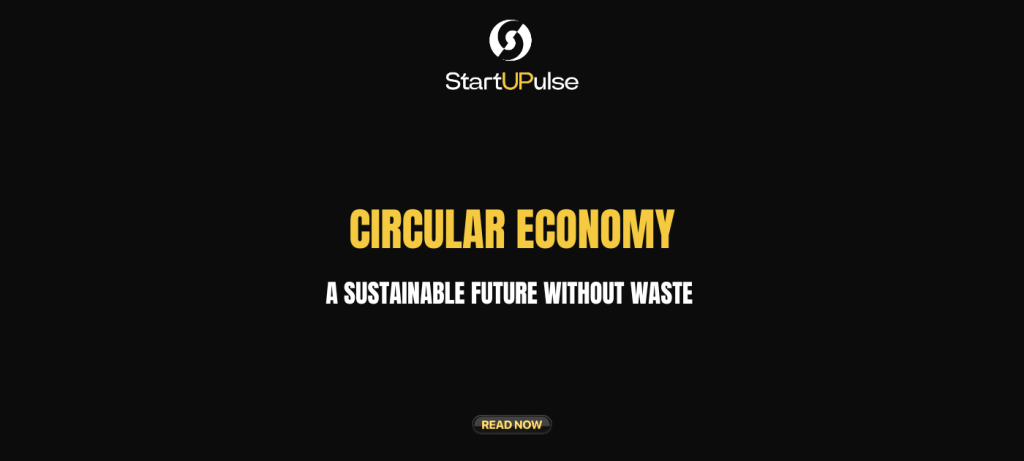
We live in a world where resources are finite, and waste is piling up at an alarming rate. The
traditional “take-make-dispose” economic model is no longer sustainable. Enter the circular
economy – a revolutionary concept that aims to redefine how we produce, consume, and
dispose of goods.
Understanding the Circular Economy
Imagine a world where products are designed to be reused, repaired, or recycled endlessly.
A world where waste is virtually eliminated, and resources are conserved. That’s the vision
of the circular economy. It’s a departure from the linear model, where raw materials are
extracted, products are manufactured, used, and then discarded.
At its core, the circular economy revolves around three key principles:
- Design out waste and pollution: This involves creating products that are durable,
repairable, and easily recyclable. It also means minimizing the use of harmful
substances in the production process. - Keep products and materials in use: This principle emphasizes extending the
lifespan of products through reuse, repair, and refurbishment. It also includes sharing
and leasing models. - Regenerate natural systems: The circular economy seeks to restore and enhance
natural systems, such as soil and water, while minimizing its impact on the
environment.
Sustainable Business Models in a Circular Economy
Businesses are at the heart of the circular economy transition. By adopting sustainable
business models, they can contribute to a cleaner planet while also gaining a competitive
edge. Here are some examples:
● Product-as-a-Service: Instead of selling products, companies offer the use of a
product for a fee. This encourages product longevity and gives businesses control
over the product’s lifecycle. For example, printer manufacturers could offer printing
services rather than selling printers outright.
● Reusing and Refurbishing: Companies can extend the life of products by repairing,
refurbishing, and reselling them. This reduces waste and saves resources.
Electronics manufacturers can offer repair services or sell refurbished devices at a
discount.
● Recycling and Upcycling: Closed-loop recycling involves turning waste into new
products. Upcycling goes a step further by transforming waste into higher-value
products. Fashion brands can use recycled materials to create new collections, and
furniture companies can repurpose old materials into stylish pieces.
● Sharing Economy: Sharing platforms allow people to share goods and services,
reducing the need for individual ownership. Car-sharing services, bike-sharing
programs, and tool-sharing libraries are examples of the sharing economy in action.
● Industrial Symbiosis: This involves collaborating with other businesses to exchange
by-products and waste as resources. For instance, a brewery can supply spent
grains to a farmer as animal feed, and the farmer can provide compost to the
brewery.
Reducing Waste: A Cornerstone of the Circular Economy
Waste reduction is a critical component of the circular economy. By minimizing waste at
every stage of the product lifecycle, businesses can conserve resources, reduce costs, and
improve their environmental performance. Here are some strategies:
● Design for Disassembly: Products should be designed in a way that makes them
easy to disassemble and recycle at the end of their life. This reduces the amount of
waste sent to landfills.
● Extend Product Lifespan: Through repair, refurbishment, and reuse, businesses
can significantly extend the lifespan of products, reducing the demand for new
materials.
● Optimize Packaging: Reducing packaging waste is essential. Companies can use
sustainable materials, minimize packaging, and design packaging that can be easily
recycled.
● Waste Prevention: Implementing waste prevention measures, such as proper
storage and handling, can help reduce waste generation.
● Consumer Education: Educating consumers about the importance of reducing
waste and proper waste disposal is crucial for the success of the circular economy.
The Circular Economy in the IT Industry
The IT industry, often seen as a major contributor to electronic waste, has a significant role
to play in the circular economy. Here are some examples:
● Extended Producer Responsibility (EPR): IT companies can take responsibility for
the entire lifecycle of their products, including recycling and disposal. This
encourages eco-design and waste minimization.
● Refurbished Devices: Offering refurbished devices can extend the life of electronic
products, reducing the demand for new materials.
● Take-Back Programs: Implementing take-back programs for old devices ensures
proper recycling and recovery of valuable materials.
● Data Center Efficiency: Optimizing data center energy consumption and
implementing energy-efficient cooling systems can reduce the industry’s
environmental impact.
● Modular Design: Designing electronic devices with modular components facilitates
repair and upgrades, extending product life.
The Road Ahead
Transitioning to a circular economy requires a systemic change involving governments,
businesses, and individuals. While challenges remain, the potential benefits are immense.
By adopting circular principles, we can create a more sustainable, resilient, and prosperous
future for generations to come.
The circular economy is not just a trend; it’s a necessity. It’s time for businesses, including
those in the IT industry, to embrace this transformative approach and lead the way towards a
waste-free world. Are you ready to join the circular revolution?






